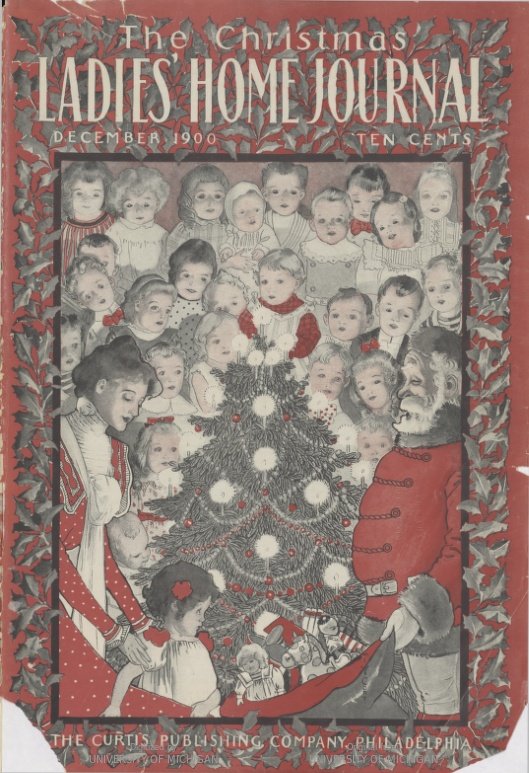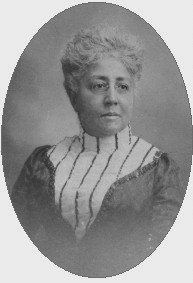
Silent Sky Dramaturgy Resource Website
Directed by Melinda Pfundstein
Utah Shakespeare Festival, 2024
Welcome!
This resource is a living document that will grow through the rehearsal process. Always feel free to check back for more information. If you would like to see additional resources here, please just reach out! lezliecross@yahoo.com
The Historical Figures
-

-

Annie Jump Cannon
-

Williamina Fleming
-

Edward Charles Pickering
The Director of the Harvard College Observatory
Read his article drawn from Henri’s work on the 96 Polaris stars.
-

Ejnar Hertzsprung
The Danish astronomer who used Henri’s formula to calculate the distance to the Cephids
-
Edwin Hubble
The astronomer who used Henri’s formula to
calculate the distance to the Andromeda Nebula
Locations in the Play

1880 Map of the Harvard Area

Computers working in the brick building (1898)

Computers in one of the computing rooms at the Observatory (1891)

The other computer room on the other side of the Observatory (1891)
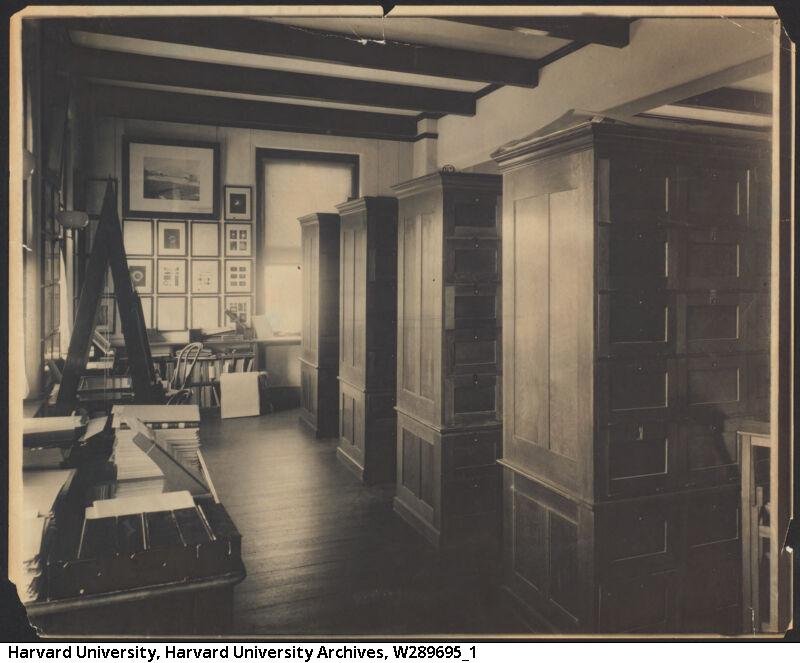
Observatory stack room (1891)

The Observatory Buildings

The Observatory and Plate Museum (note the rope bridge connecting the buildings which could transfer the plates)

Sears Tower and the west wing with the west equatorial dome (1887)

The Astro Photographic Museum in 1893-95
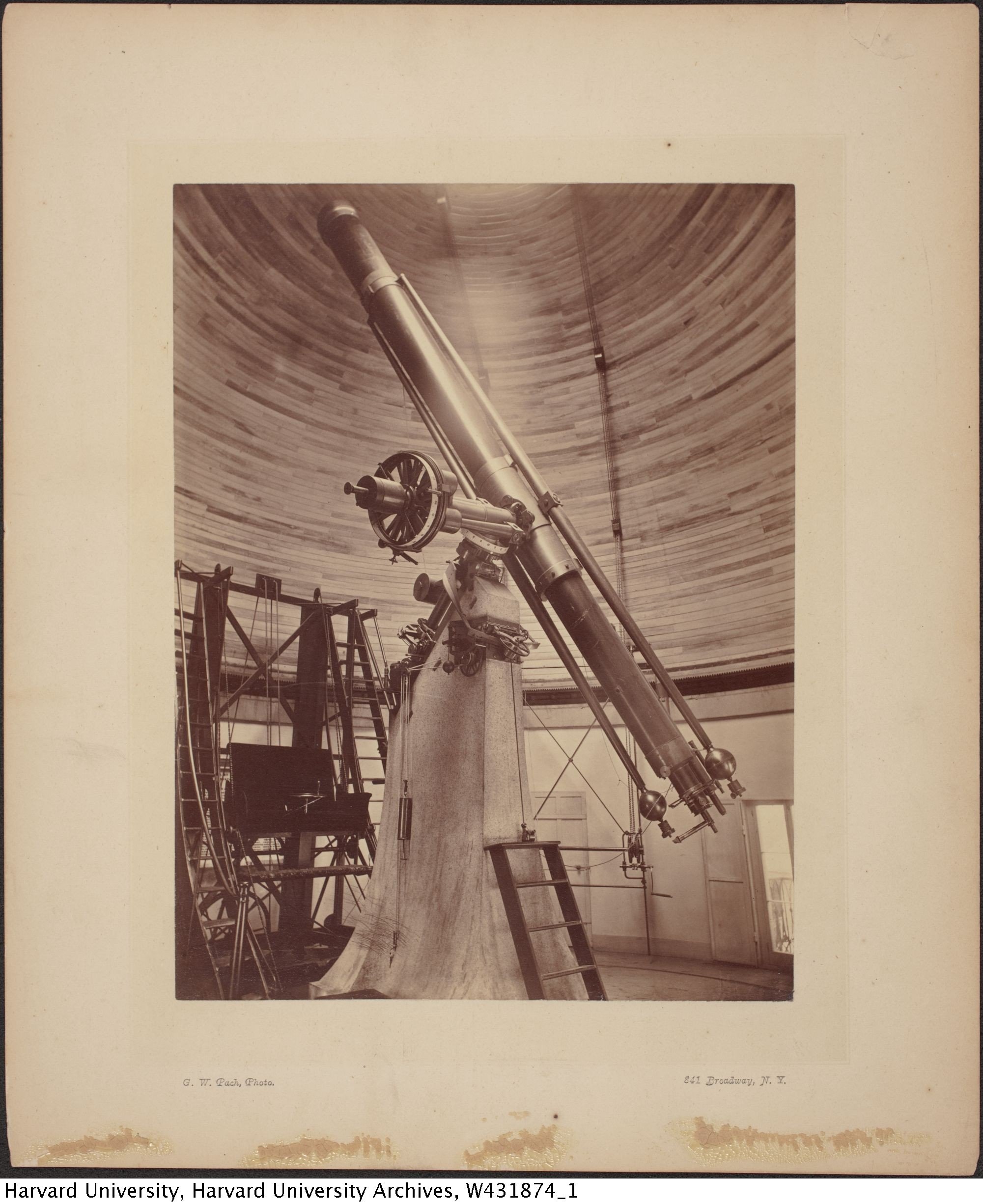
The Great Refractor (1879)
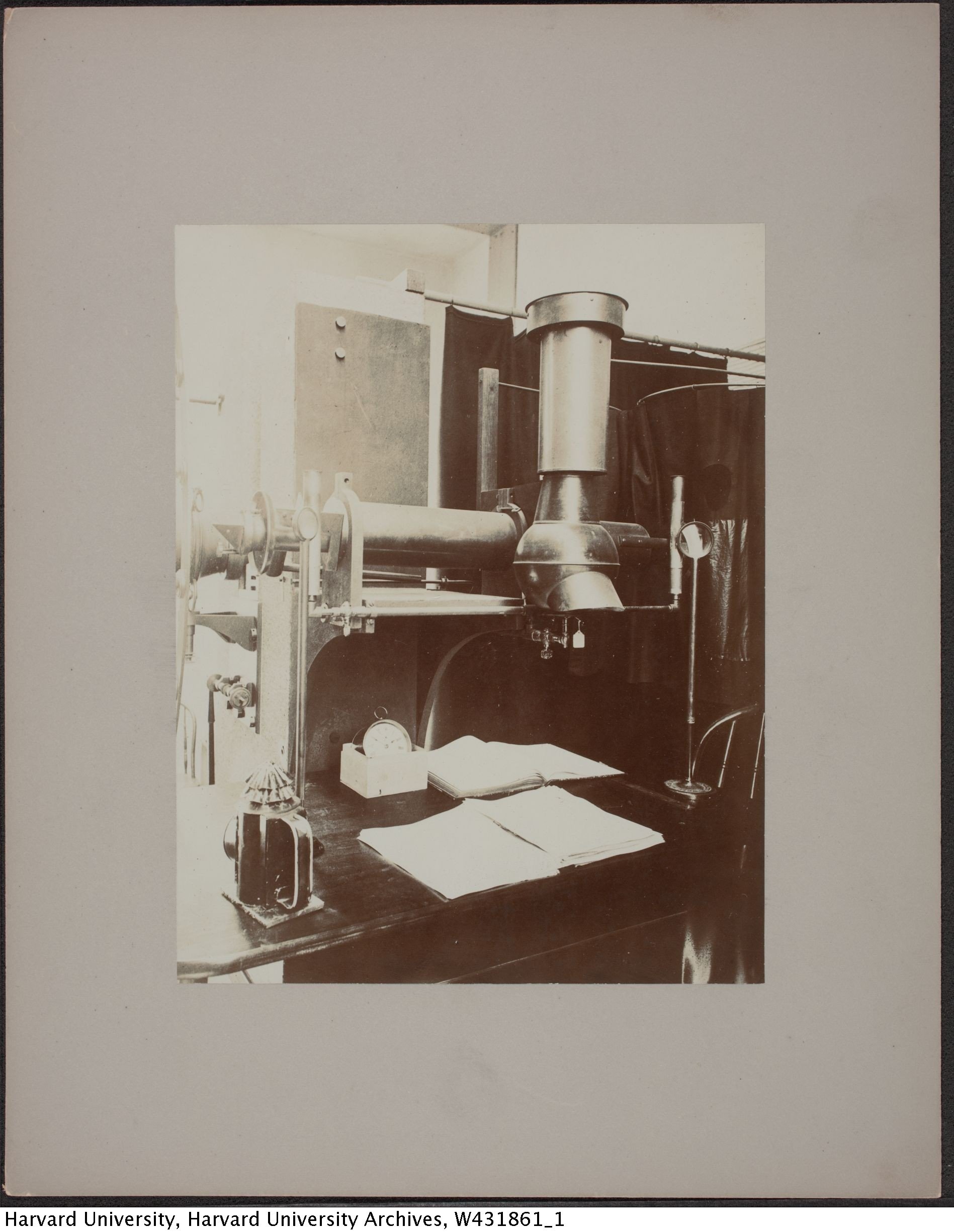
Meridian Photometer
About Those Spankers
Fly Spankers are also known as stellar magnitude scales. Each contains calibrated star images for magnitude estimation. The user compares calibrated images on the fly spanker with those seen on the plate.
“What it is, is a piece of a plate that has different [star] magnitudes on it,” [Astronomical Photographic Plate archivist Lindsay] Smith explains. “They could measure different stars on other plates just by using this tool, because they had marked which magnitude each of those dots represents. They could hold it up to a plate, move quickly, and measure the stars.”
Henrietta’s notebook charting the stars in the Large Magellanic Cloud
Henri’s Discovery Explained
Additional Resources
A Taste of the Times (1900-1920)
-
Ladies Home Journal 1900-1901: the mainstay of every woman
-

Etiquette Manual 1900: learn the "correct" way to act (which thankfully our women largely ignore)
-

Major Discoveries of the era
BLOOMERS, SUFFRAGE, and the VOTE !
Amelia Jenks Bloomer was an early suffragist, editor, and social activist. Bloomer was also a fashion advocate who worked to change women’s clothing styles. After meeting activist (and her neighbor) Elizabeth Cady Stanton, Bloomer started to publish articles about the women’s rights movement. The dress reform movement began in 1851 Stanton and Bloomer, began wearing a radical new style of dress first designed by Stanton’s cousin, Elizabeth Smith Miller. It soon became known as the “bloomer outfit” and was worn by many prominent suffragists.
In the 1890s, the bicycle brought about a revolution in women’s fashion and the bloomer outfit became more widely accepted; in 1920, the 19th Amendment, granting women the right to vote, was ratified.
Miller in her “Bloomer” outfit
A sample ballot from the first election in which women could vote
The fear - “masculine” women and “feminine” men!
Black Women in the Suffrage Movement
Black suffragists like Nannie Helen Burroughs wrote and spoke about the need for Black and white women to cooperate to achieve the right to vote. Black women worked with mainstream suffragists and organizations, like the National American Woman Suffrage Association. In 1913, Ida B. Wells founded the Alpha Suffrage Club of Chicago, the nation's first Black women's club focused specifically on suffrage.
However, the mainstream organizations did not address the challenges faced by Black women because of their race, such as negative stereotypes, harassment, and unequal access to jobs, housing, and education. So in the late 1800s, Black women formed clubs and organizations where they could focus on the issues that affected them.
The First National Conference of the Colored Women of America was held in Boston in 1895. It was was a three-day conference in Boston organized by Josephine St. Pierre Ruffin and included representatives from 42 African-American women's clubs. There, they founded the The National Federation of Afro-American Women. The goal of this organization was to change the image of the black woman, raise the moral standard of the lower class, and cultivate black middle-class women's domestic skills. Their first convention was in Washington D.C. in 1896, where they merged with the National League of Colored Women to form the united National Association of Colored Women (NACW), a precursor to the NAACP. By 1916 the group had more than 100,000 members.
Read the minutes from the first convention HERE.
Nannie Helen Burroughs
Josephine St. Pierre Ruffin




